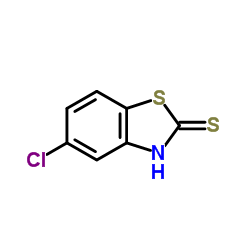Matrix optimization for matrix-assisted laser desorption/ionization mass spectrometry of oligosaccharides from human milk.
A Pfenninger, M Karas, B Finke, B Stahl, G Sawatzki
Index: J. Mass Spectrom. 34 , 98-104, (1999)
Full Text: HTML
Abstract
Neutral and acidic oligosaccharides from human milk were analyzed by matrix-assisted laser desorption/ionization mass spectrometry (MALDI/MS). These experiments require suitable matrices; their selection and particularly their preparation protocols must be optimized. Important criteria are sensitivity, reproducibility, tolerance against impurities and resolution over a wide mass range. For analytical investigations of these oligosaccharides, containing labile fucosylated and sialylated components, another property of a matrix becomes a significant factor, namely the influence on ion stability and the extent of (metastable) fragmentation. The experience gained with the MALDI/MS of neutral and acidic oligosaccharides is summarized taking into account different intentions of measurement and typical problems, such as impurities after enzymatic treatment. For a rapid screening of an oligosaccharide sample, superior results were obtained with a new preparation technique using 5-chloro-2-mercaptobenzothiazole (CMBT) as the first layer for 2,5-dihydroxybenzoic acid. For structural analysis by post-source decay, CMBT as the first layer for 3-aminoquinoline is a favoured preparation protocol, because extensive fragmentation is achieved. For acidic oligosaccharides, a special preparation protocol makes it possible to determine the number of sialic acids by inducing highly effective cationization. Matrix-assisted laser desorption/ionization mass spectrometry; matrices; oligosaccharides; post-source decay.
Related Compounds
| Structure | Name/CAS No. | Molecular Formula | Articles |
|---|---|---|---|
 |
2-metcapto-5-chloro-benzothiazole
CAS:5331-91-9 |
C7H4ClNS2 |
|
Analysis of carbohydrates and glycoconjugates by matrix-assi...
2015-01-01 [Mass Spectrom. Rev. 34(3) , 268-422, (2015)] |
|
In Vitro, Ex Vivo, and In Vivo Determination of Thyroid Horm...
2015-08-01 [Toxicol. Sci. 146 , 254-64, (2015)] |
|
Deciphering tissue-induced Klebsiella pneumoniae lipid A str...
2015-11-17 [Proc. Natl. Acad. Sci. U. S. A. 112 , E6369-78, (2015)] |
|
Lack of in vitro and in vivo recognition of Francisella tula...
2006-12-01 [Infect. Immun. 74(12) , 6730-8, (2006)] |
|
Structural properties, cytotoxicity, and anti-inflammatory a...
2010-01-01 [Bioinorg. Chem. Appl. , 386860, (2010)] |